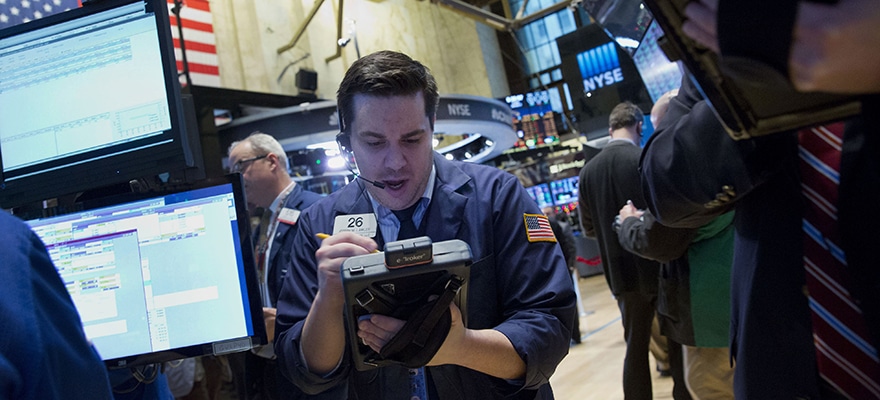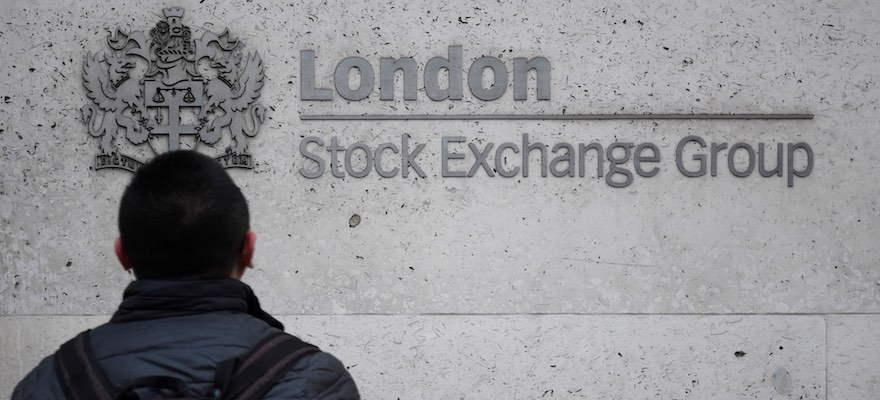The Commitment of Traders report (COT) is available every Friday from the Commodity Futures Trading Commission and provides us on a weekly basis a snapshot of the positions held by large institutional traders and speculators. But how can we use it as a sentiment indicator and gain an advantage in the market.
First we need to understand who the players are in this market and how they position themselves within it. The data is broken down into three basic types of traders:
1. Commercial Hedgers: these include some on the largest and most influential players in the markets and include farming companies, mining companies and large industrials hedging fx risk. The main purpose of a commercial trader is to minimize the risk of raw material price fluctuations or to lock in FX exposure. Commercial traders are not speculators they take positions depending on each individual companies risk exposure and hedging strategy to protect company interests against potentially damaging currency fluctuations.
2. Non Commercial: these players are also very influential in the futures market and are mainly involved in speculation. These include Hedge funds or CTA trading pools. These non-commercial make their money and living from trading and are the positions that are of most interest to us in gaining information on not only the strength of a trend but can also give us a good indication of possible reversals.
3. Small Speculators: these include all trades with positions below the reportable levels set by the Exchange .
Source: Bloomberg Charts.
Above is an example from the Bloomberg terminal of open positions of non-commercial and commercial speculators in the Euro. Note that this information is downloadable for free every Friday from the CFTC website at www.cftc.gov. As you can see the speculators have the opposite position to the commercial and bearing in mind that the Euro is currently trading near 12 year lows you might assume that that the commercial traders are wrong. This is not the case as they are actively buying when the market goes down and selling as the market goes up as part of the underlying hedging policy for their business.
The commercial positioning is therefore less relevant to us, the Non-commercial data on the other hand is very useful as it captures the position of traders and their sentiment in each market.
There are three ways to use the data:
1. Changes in market positioning (or flipping of positions from long to short or vice versa).
2. Extreme positioning in one direction has historically been good at identifying important market reversals.
3. Increases in open interest can be used to show increased strength in a trend.
It is important to remember that all of the currencies that are listed in the Commitment of Traders report are traded against the US dollar , so when it shows a net position for example of 21,500 short contracts in the in the Usd/Jpy it refers to the Jpy. The Usd is always the base currency in the futures market so instead of Usd/Jpy in the futures market it is actually quoted as Jpy/Usd. Therefore a net open short position in the futures market in Yen shows a bullish sentiment in the market for Usd/Jpy.
Source: Bloomberg Charts
In the chart above of the British Pound future of net non-commercial interest positons we can see that when net futures positions flip from net short to net long above the 0 zero line (the blue graph) the price action of the Gbp/Usd (the yellow line) tends to see a rise over the coming months and vice versa. Although we can’t use this to simply enter and exit trades when it flips we can use in conjunction with other strategies and techniques to capture a large part of the move.
As mentioned above historically extreme positioning in the futures market by non-commercial traders has coincided with important market reversals. This interesting fact is especially important when we look at the below chart of the current Euro futures as we are at record short positions.
Source: Bloomberg Charts
We can see that when the blue graph of British futures has reached extreme levels the price action has also reversed direction. Taking into account that we have never had such an extreme reading in this Euro we at Global Forex Pros are expecting some retracement at least in the near future.
Why does this happen? The reason why these extreme net open positions work as a good indicator of a turning point is that there are so many speculators weighted in one direction is that there is no one left to buy or sell , as result this exhaustion ensures that price begin to reverse.
Changes in open interest is also a useful trading tool in understanding the price behaviour of a particular market and how to capitalise on longer term trends as they can be used the gauge the overall strength or weakness of the trend.
If for example a market has been in a long lasting uptrend or down trend with increasing levels of open interest a levelling off or decrease should raise awareness that the trend may be nearing an end. The strength of the trend obviously increases as the open interest increases and new money enter the market. When the open interest decline it shows that people are closing positions and money is leaving the market. A divergence where the price action trend continues but is accompanied by a declining open interest usually heralds a trend is nearing an end. A perfect example can be seen in the Euro chart above, looking at the lows set by the net open positions in June 2012 we can see they reduced whilst the price action continued down to new lows before reversing.
It is impossible for the average trader to see the actual size and direction of flows in the spot market (even as a bank trader you only see a small slice) with billions traded through the FX spot market every day. By using the COT report and the three methods we have shown you it can be used as a useful tool to predict trend continuation and reversals and we use every advantage we can.





















